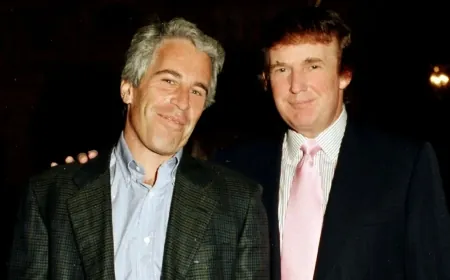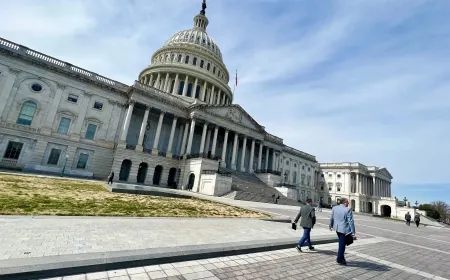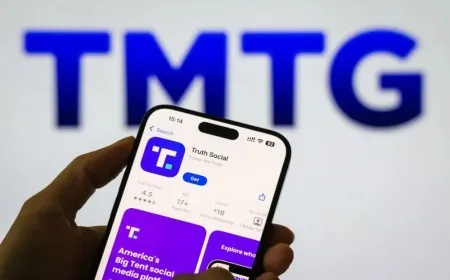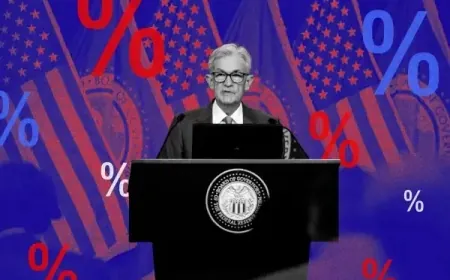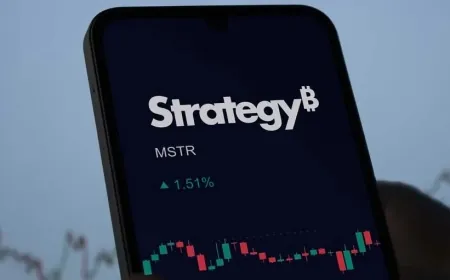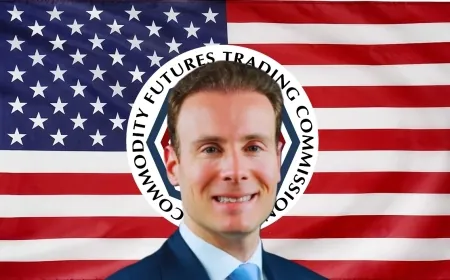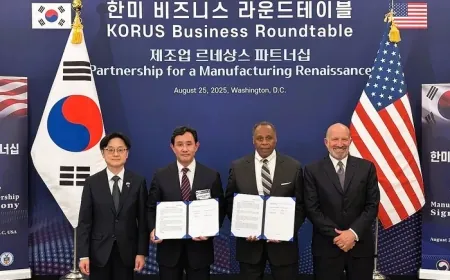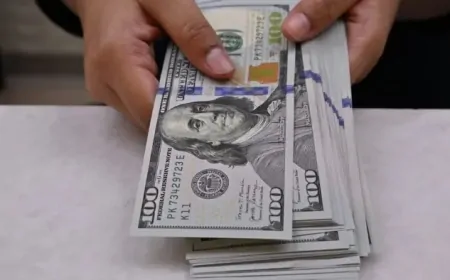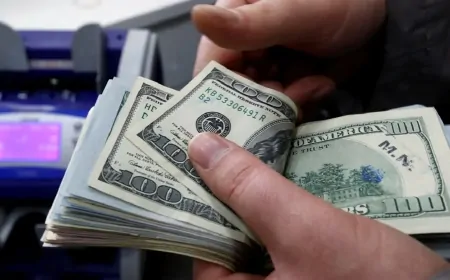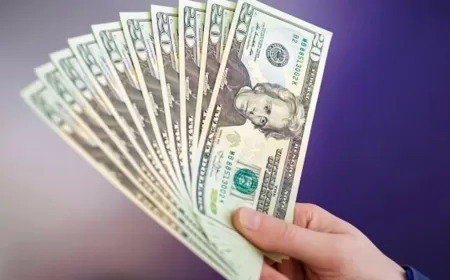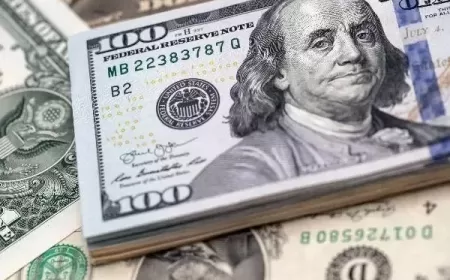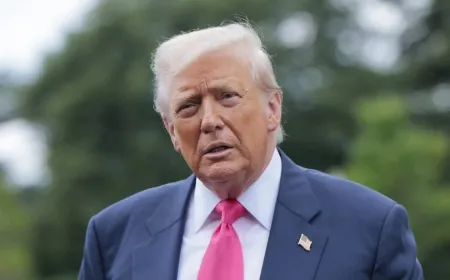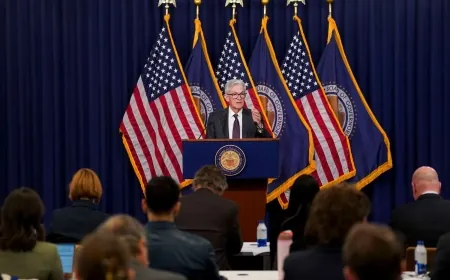President Trump Imposes Tariffs on Furniture, Trucks, and Prescription Drugs
President Trump will impose tariffs from Oct. 1 on furniture, kitchen cabinets, semi-trucks, and branded drugs, adding new costs for U.S. businesses and consumers.

Washington, D.C. — President Donald Trump announced on Thursday night a new wave of tariffs that will sharply increase import costs on several major product categories. The measures, set to begin on October 1, target furniture, kitchen cabinets, heavy trucks, and pharmaceutical products, sparking concern across multiple industries.
Cabinets and Vanities Face 50% Tariff
Kitchen cabinets, bathroom vanities, and related products will be hit with a 50% import duty. The White House says the move is designed to shield American cabinet makers, who have struggled against cheaper imports from countries such as China and Vietnam.
For homeowners and builders, the tariffs could mean higher prices for remodeling and new construction. Kitchen cabinetry has been one of the fastest-growing segments in the U.S. housing market, and analysts warn the added costs may ripple through the broader construction industry, potentially slowing down projects and raising home prices.
Upholstered Furniture Tariffed at 30%
Upholstered chairs, sofas, and other furniture will now face a 30% tariff. U.S. furniture manufacturers have long complained that low-cost imports undercut domestic production.
Industry experts note that while the tariffs may help American factories compete, consumers could pay the price. Big retailers such as Wayfair and RH rely heavily on imports, and any added costs may be passed along to shoppers. The impact could be felt particularly in middle-income households, where furniture purchases represent a significant expense.
Semi-Trucks Hit With 25% Duty
Imported semi-trucks will carry a 25% tariff, a move likely to affect freight and logistics companies. The trucking industry already faces driver shortages, high fuel prices, and rising insurance costs. Adding tariffs on trucks could raise fleet expenses, which may translate into higher shipping rates for retailers, farmers, and online businesses.
This measure ties directly into supply-chain costs, meaning the effects could reach U.S. consumers indirectly through more expensive goods across multiple sectors.
Prescription Drugs Face 100% Tariff
The most dramatic measure is a 100% tariff on patented and branded pharmaceutical products. Trump argued the U.S. has become overly dependent on foreign drug supply chains, calling the policy a matter of national security.
The administration has carved out exemptions for companies that are building or expanding manufacturing plants in the United States. The goal is to push global drug makers such as Pfizer, Novartis, and Eli Lilly to expand domestic production capacity.
Still, health experts caution the move could raise costs for patients in the short term, particularly for life-saving medications that currently have no U.S.-made alternative. The impact on insurance providers and Medicare budgets is also unclear.
Dow and S&P 500 Open Higher After Trump Tariff Announcement
U.S. stock indexes rose Friday morning despite President Trump’s new tariffs. The Dow Jones Industrial Averagegained 120 points at the opening bell, while the S&P 500 climbed 15 points.
Furniture retailers such as Wayfair and RH experienced early pre-market declines of 2–3% but recovered by mid-morning as investors evaluated the tariffs’ impact on domestic production and potential sales.
Pharmaceutical companies, including Pfizer and Eli Lilly, saw share prices increase slightly, reflecting expectations that exemptions for U.S.-based manufacturing plants could protect profit margins and encourage local investment.
Traders noted that while immediate market movements were limited, rising import costs for goods like furniture and semi-trucks may affect corporate earnings and consumer prices over the next several months, based on patterns from previous tariff implementations.
Legal Basis: Section 232 National Security Tariffs
Trump is invoking Section 232 of the Trade Expansion Act, which allows tariffs on national security grounds. His administration has already used this tool to impose duties on steel, aluminum, and copper.
Unlike other tariffs currently under Supreme Court review, these measures do not require congressional approval. The administration argues that reliance on foreign production of essential goods — from construction materials to pharmaceuticals — weakens U.S. security.
Trump’s Drug Tariffs May Conflict With U.S.-EU Trade Agreement
President Trump’s new 100% tariff on branded pharmaceuticals could conflict with the August U.S.-EU trade agreement, which caps duties on imported brand-name drugs at 15%.
Legal experts say it is uncertain whether the administration’s tariffs legally override the agreement, which could trigger formal trade disputes with European partners. If applied, the tariffs are likely to increase U.S. drug prices and disrupt pharmaceutical imports from Europe.
Tariffs Add Pressure to U.S. Economy
Economists warn the new measures could deliver a mixed outcome:
-
Winners: Domestic manufacturers may see fresh demand as imports become costlier.
-
Losers: Consumers and industries dependent on foreign goods may face higher prices.
-
Risks: Strained relations with trading partners and a possible slowdown in sectors like housing, healthcare, and logistics.
President Trump’s new tariffs are designed to increase U.S. manufacturing of furniture, kitchen cabinets, trucks, and pharmaceuticals by making imported products more expensive.
Economists and industry groups say the tariffs will raise costs for imported goods, affecting consumer prices in housing, furniture, logistics, and healthcare. At the same time, U.S. manufacturers in these sectors may receive increased orders as domestic products become relatively cheaper than imports.
Also Read: Trump Introduces $1M Gold & $5M Platinum Investor Visas for U.S. Residency
